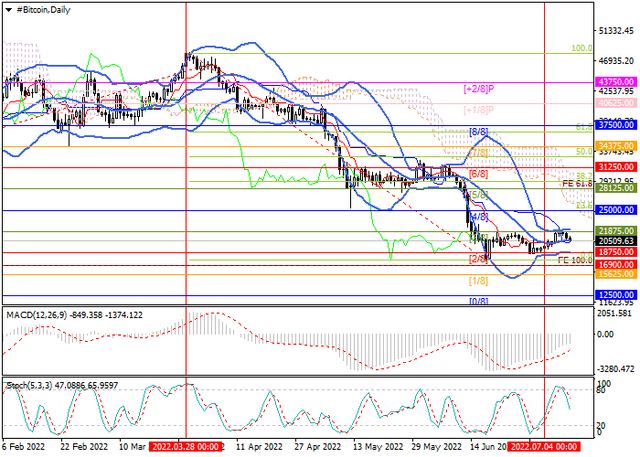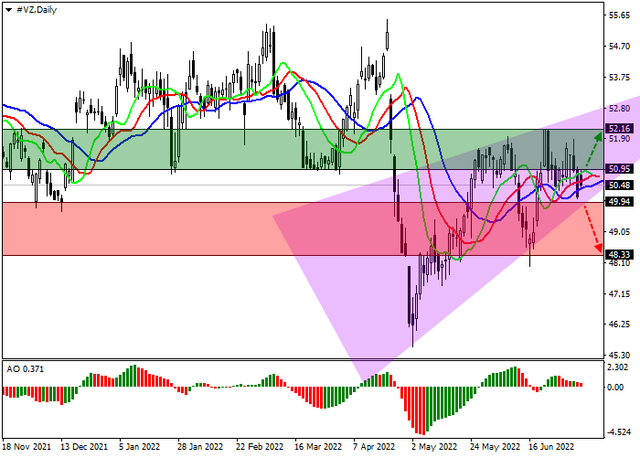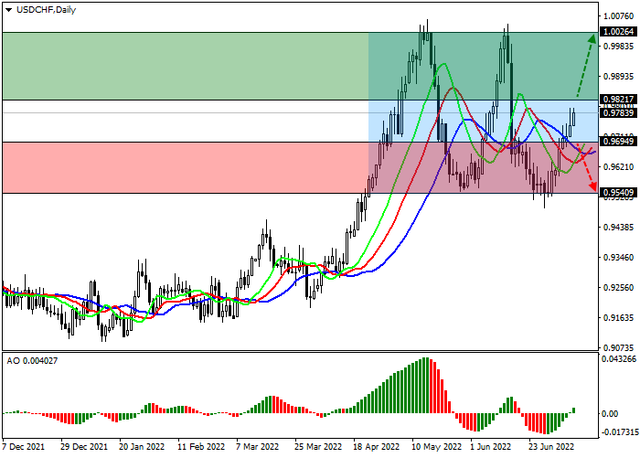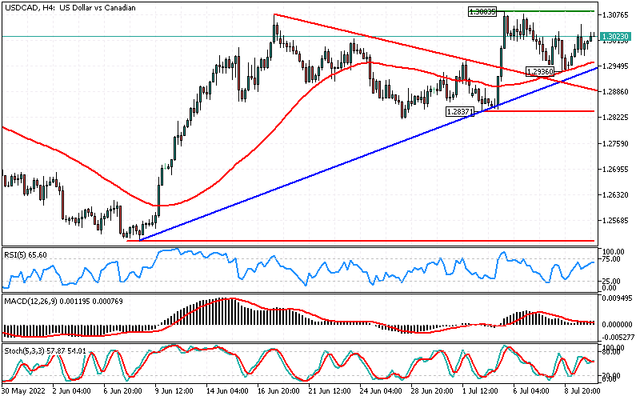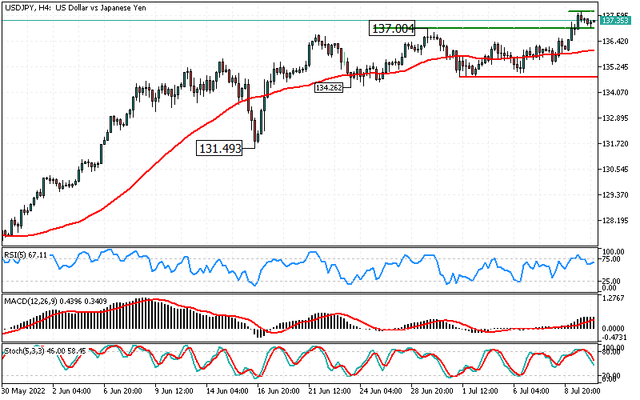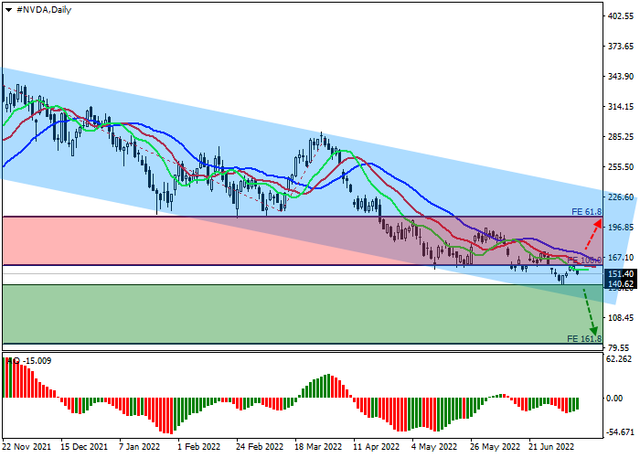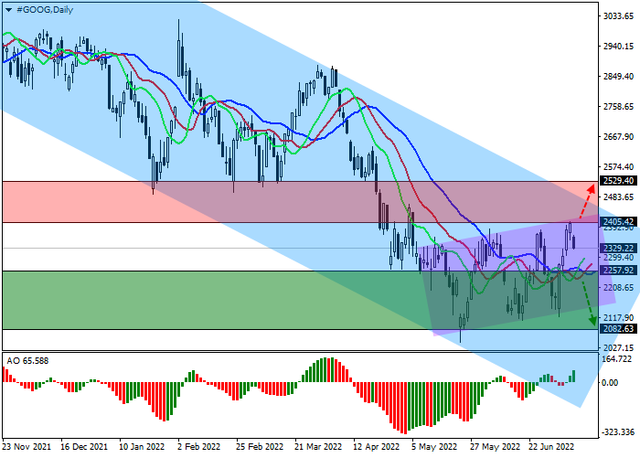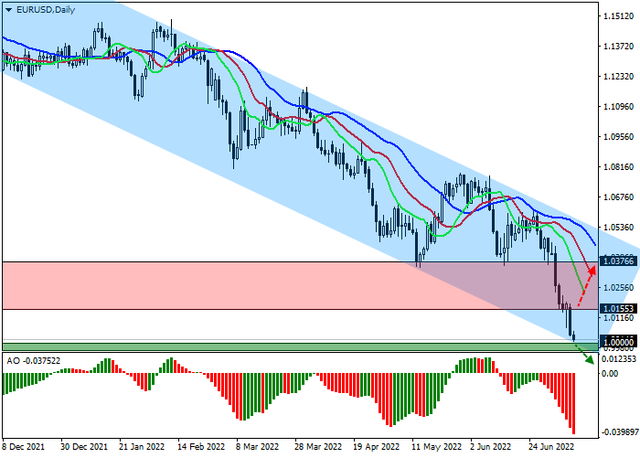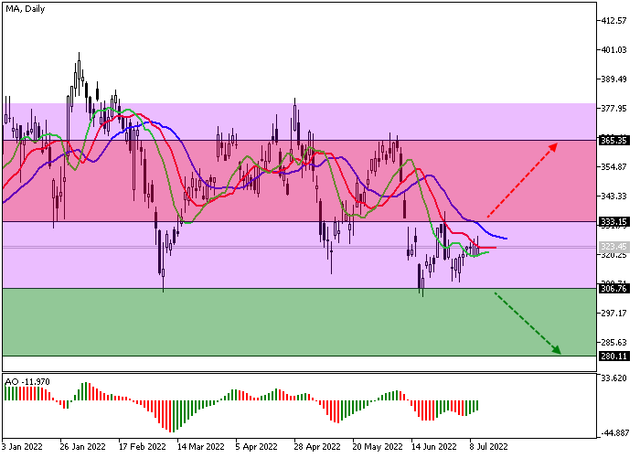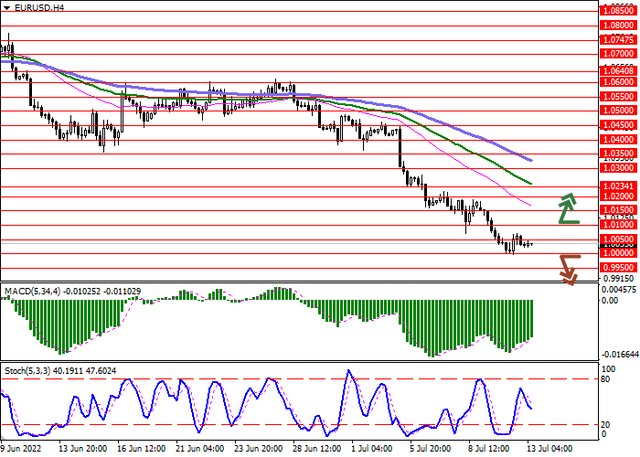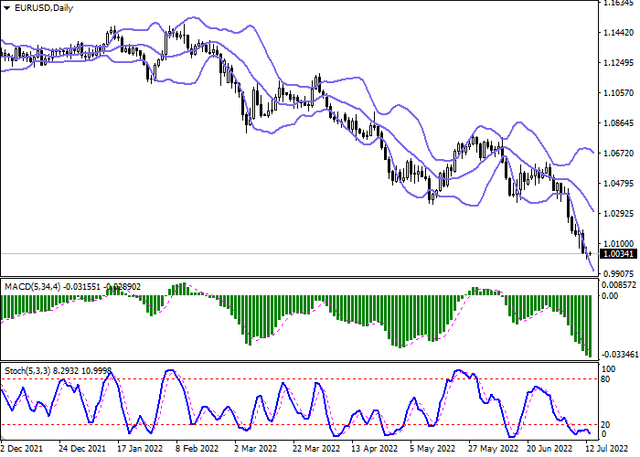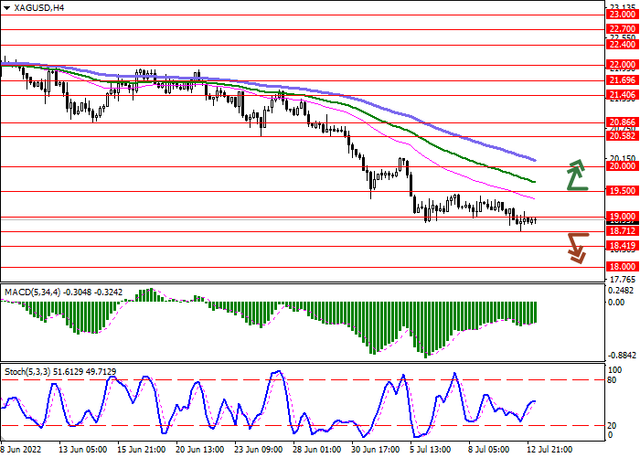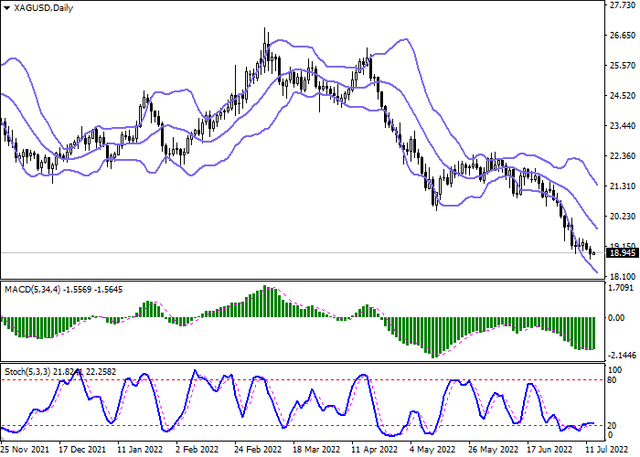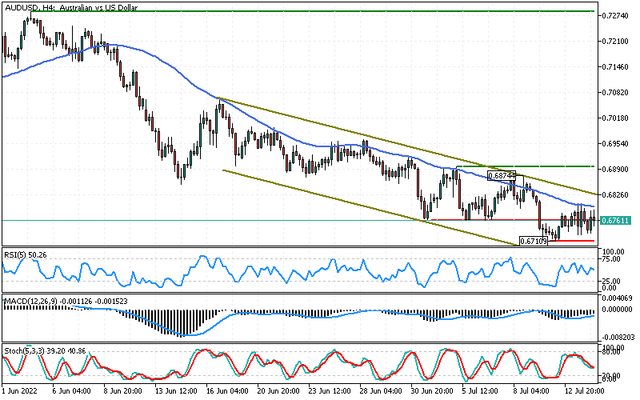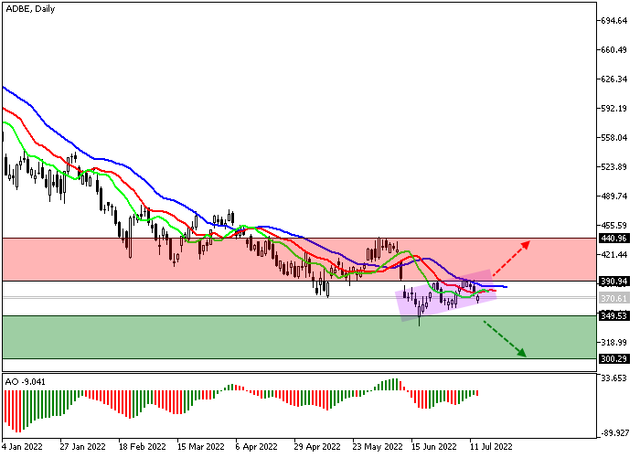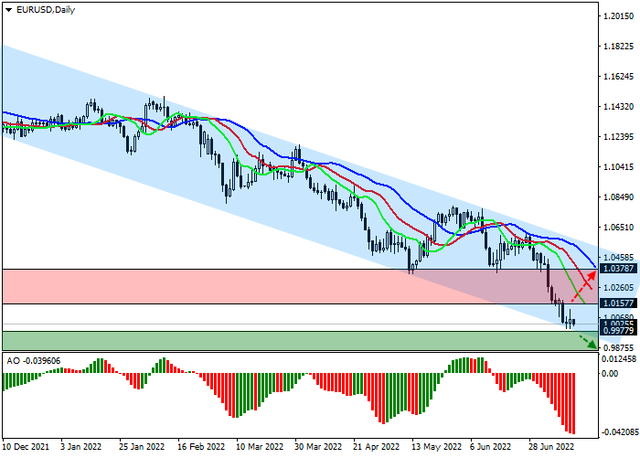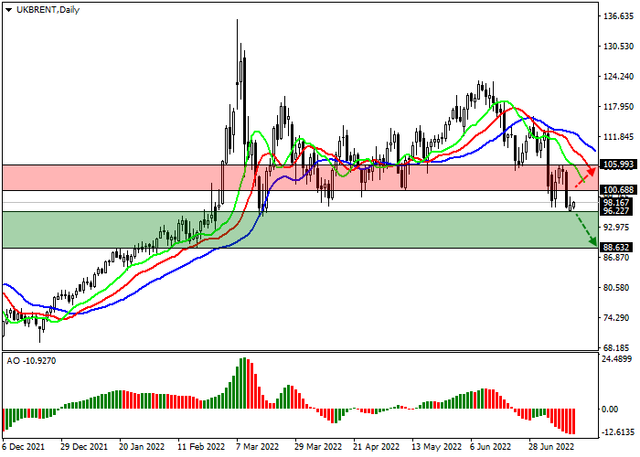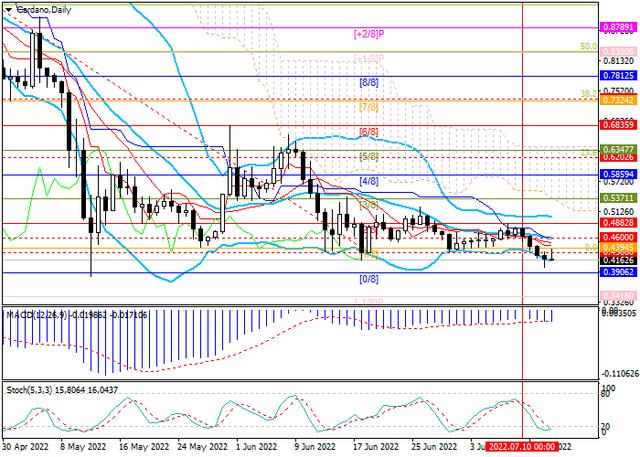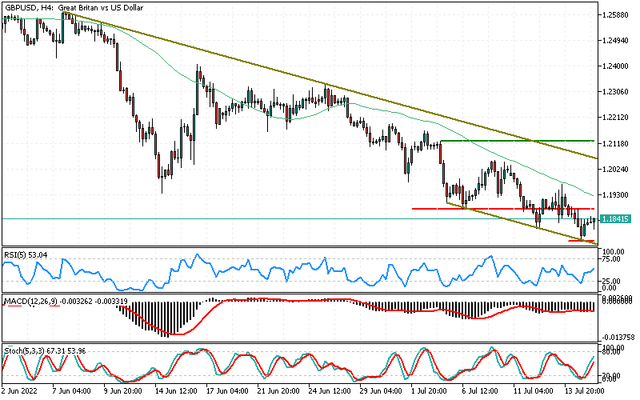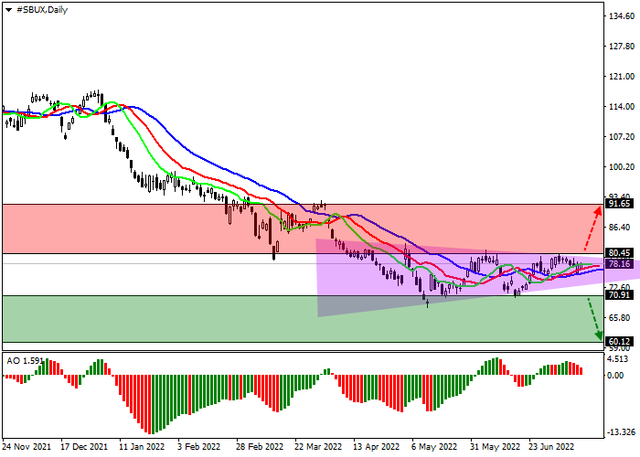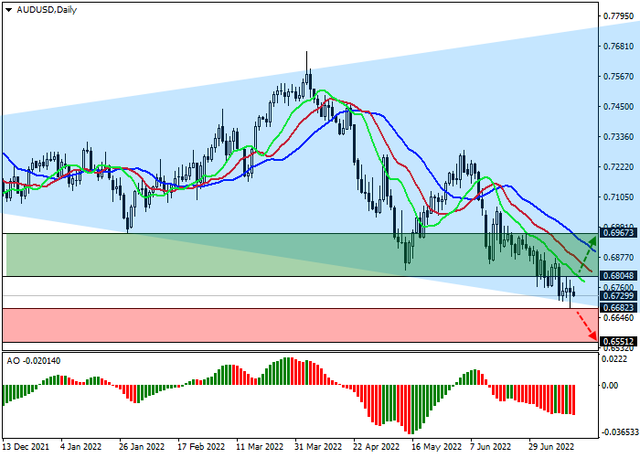SOLIDECN
Senior member
- Messages
- 3,041
- Likes
- 0

USDCAD - Technical analysis
H4
On the 4-hour chart, there is a downtrend in a short-term "bearish" trend, which is confirmed by a series of Three Black Crows patterns at the level of 1.3036. Currently, an Engulfing pattern has formed at 1.2932, which includes a Shooting Star candlestick. The combination of these figures signals the systematic pressure of sellers. The most likely scenario is a decline to the support level of 1.2932, overcoming which will allow the "bears" to strengthen the downtrend up to the level of 1.2534, while fixing the price above the resistance level of 1.3036 will allow the "bulls" to continue moving towards the area of 1.3118–1.3323.
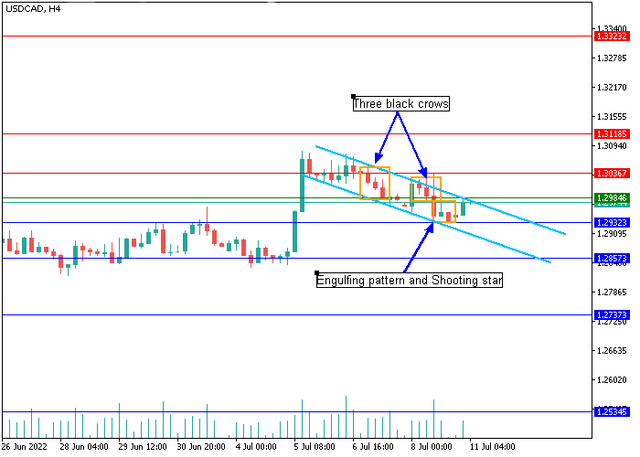
D1
A Double Top price pattern has formed on the daily chart. In addition, an Evening Star reversal pattern formed at the resistance level of 1.3036, after which a Shooting Star pattern appeared, which strengthens the "bearish" mood in the market. In the current situation, the scenario with the decline of the asset to the support zone of 1.2932–1.2534 seems more likely. If the "bulls" still manage to hold the key support level of 1.2857, where the Neck line of the Double Top price pattern passes, buyers will have the opportunity to restore quotes back to the range of 1.3036–1.3323.
Support levels: 1.2932, 1.2857, 1.2737, 1.2534 | Resistance levels: 1.3036, 1.3118, 1.3323
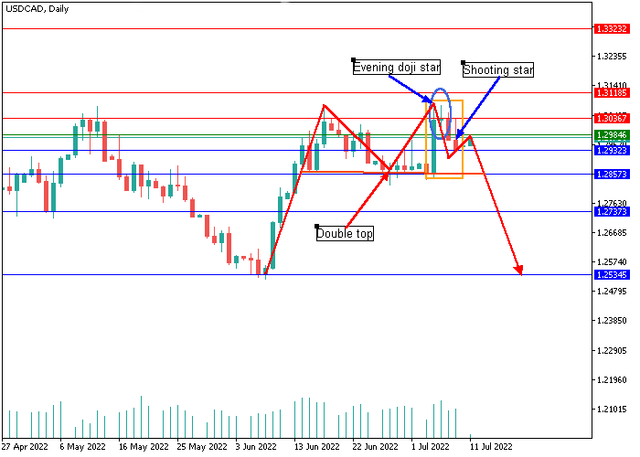
On the 4-hour chart, there is a downtrend in a short-term "bearish" trend, which is confirmed by a series of Three Black Crows patterns at the level of 1.3036. Currently, an Engulfing pattern has formed at 1.2932, which includes a Shooting Star candlestick. The combination of these figures signals the systematic pressure of sellers. The most likely scenario is a decline to the support level of 1.2932, overcoming which will allow the "bears" to strengthen the downtrend up to the level of 1.2534, while fixing the price above the resistance level of 1.3036 will allow the "bulls" to continue moving towards the area of 1.3118–1.3323.

D1
A Double Top price pattern has formed on the daily chart. In addition, an Evening Star reversal pattern formed at the resistance level of 1.3036, after which a Shooting Star pattern appeared, which strengthens the "bearish" mood in the market. In the current situation, the scenario with the decline of the asset to the support zone of 1.2932–1.2534 seems more likely. If the "bulls" still manage to hold the key support level of 1.2857, where the Neck line of the Double Top price pattern passes, buyers will have the opportunity to restore quotes back to the range of 1.3036–1.3323.
Support levels: 1.2932, 1.2857, 1.2737, 1.2534 | Resistance levels: 1.3036, 1.3118, 1.3323


